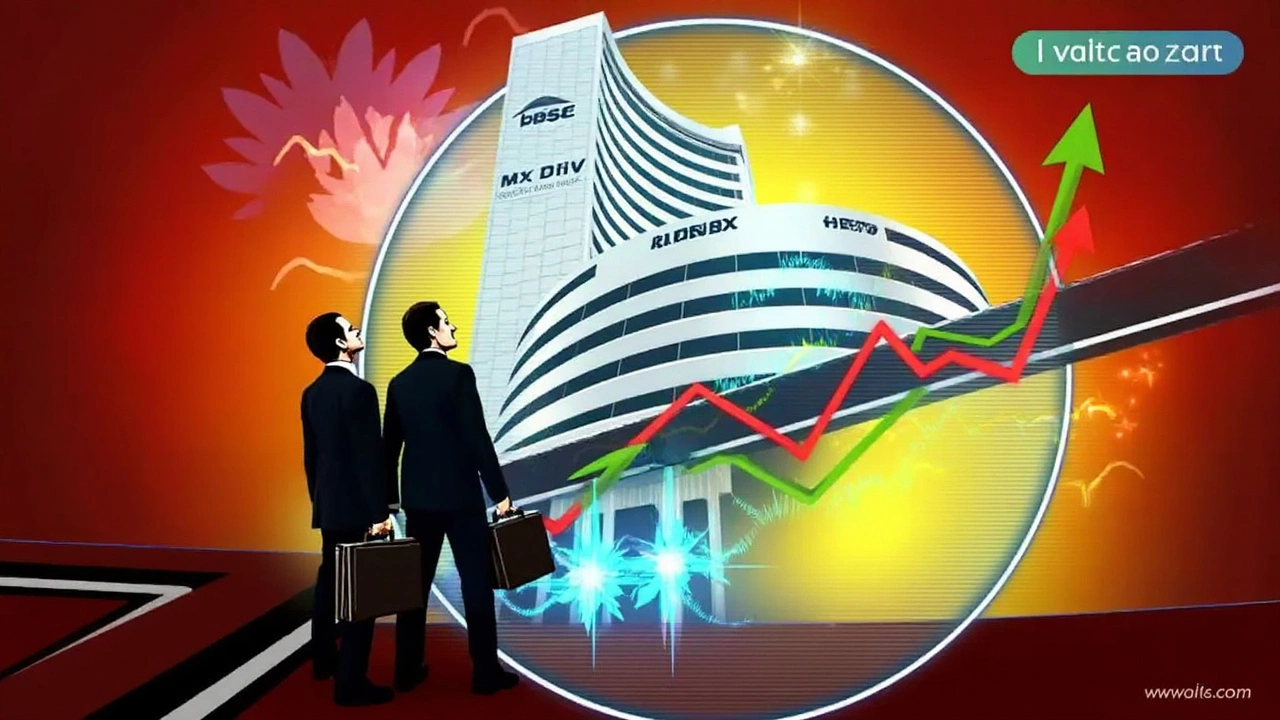Sensex Explained: What’s Happening in India’s Top Index
If you’ve ever wondered why the news keeps talking about the Sensex, you’re not alone. It’s basically a snapshot of how the biggest Indian companies are doing on the stock market. When the Sensex goes up, many people feel hopeful about the economy; when it drops, there’s usually a bit of nervous chatter. In this guide we’ll break down the basics, look at what moves the index today, and show you how to make sense of the data for your own money.
What Moves the Sense? (What Moves the Sensex Today?)
The Sensex isn’t driven by a single factor. It reacts to corporate earnings, global oil prices, RBI policy moves, and even political news. For example, a strong earnings report from a heavyweight like Reliance can lift the whole index, while a sudden spike in crude prices may drag it down because many Indian firms rely on oil. Short‑term traders watch the daily candlesticks, but long‑term investors tend to focus on trends in GDP growth and consumer demand.
Another big driver is foreign investment. When foreign fund managers pour money into Indian equities, the Sensex usually climbs. Conversely, if there’s a sudden outflow because of global risk‑off sentiment, the index can tumble quickly. Keep an eye on the foreign institutional investors (FIIs) data released every month – it’s a good clue about the next move.
How to Use Sensex Data for Your Portfolio
Understanding the Sensex helps you decide when to buy, hold, or sell. A simple rule: if the index is consistently breaking above its 200‑day moving average, it signals a bullish phase, and many investors add exposure to large‑cap stocks. If the index dips below that line, it might be time to tighten stop‑losses or shift to defensive sectors like FMCG or utilities.
Don’t forget sector rotation. When the Sensex rallies on tech news, IT stocks often outpace the index. When commodity prices rise, energy and metal stocks may lead. By checking which sectors are contributing the most to the index’s movement, you can tilt your portfolio toward those winners.
One practical tip is to set up alerts for key Sensex levels – say 70,000 or 71,500 points. Reaching those thresholds often triggers market reactions, and you’ll be ready to act without constantly watching the ticker.
Lastly, treat the Sensex as a conversation starter, not a crystal ball. It tells you the market’s mood, but your personal goals and risk tolerance still matter most. Combine Sensex insights with a clear plan, and you’ll navigate the ups and downs with more confidence.
By staying updated on the daily headlines, watching the major drivers, and aligning the index’s signals with your own strategy, you turn the Sensex from a confusing number into a useful tool for building wealth.
Sensex and Nifty Surge as Indian Retail Inflation Plummets to Eight-Year Low
Indian stock markets soared as Sensex jumped over 300 points and Nifty broke past 24,600, fueled by a sharp drop in retail inflation to 1.55%. Broad sector gains led by healthcare, along with DII buying, supported the momentum despite continued FII selling.
Stock Market Crash: US-China Tariffs Trigger Panic Across Indian Markets
Indian markets experienced a sharp downturn on April 7, 2025, with Sensex plunging nearly 4,000 points. The crash was driven by fresh US-China tariff battles, sparking fears among investors and leading to RBI and SEBI interventions to stabilize the situation.
Sensex Surges as Nifty IT Index Rallies: Indian Markets Ride High on Tech Optimism
Indian equity markets rallied as Sensex jumped 769 points and Nifty ended above 24,850. The Nifty IT Index led the charge, continuing its strong run and gaining over 1%. Sectoral growth was uneven, and investor caution lingers as global and earnings trends influence the outlook.







